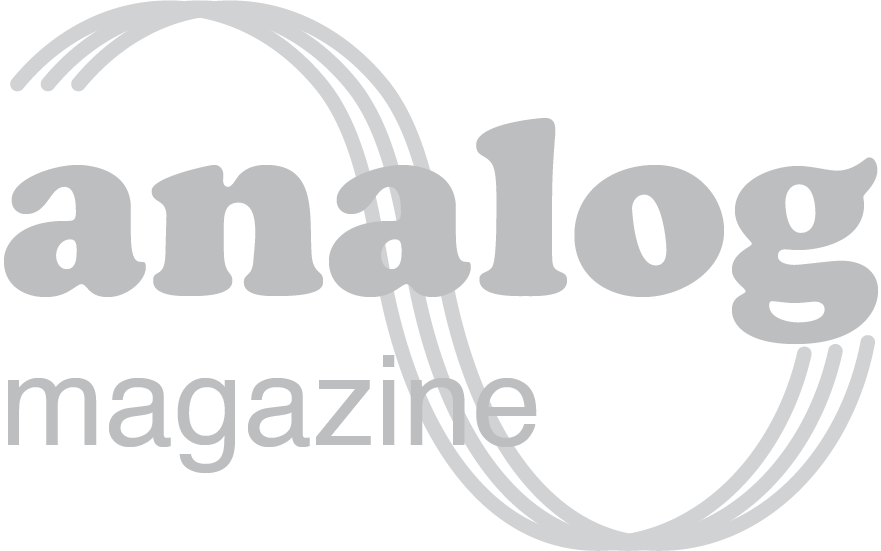
Mikael Siirilä
Jul 03, 2018
Mikael is a Finnish self-taught photographer who has a minimalist and reductionist approach to photography. In his stunning abstract compositions, Mikael eliminates identifiable places and characters in order to encourage an intellectual reading of the picture and to let us imagine what is going on outside the frame. In this way, looking at his pictures, we are confronted with highly evocative images that transcend space and time.
First of all thank you very much for your contribution to our project. Can you please introduce yourself for us?
I am a self-taught art photographer from Helsinki, Finland. I dropped out from my studies of philosophy to become a branding and web design entrepreneur now moonlighting as an artist. Photographically year 2018 has marked a new era for me as I have finally completed building a dedicated darkroom for cultivating my artistic ambitions.
How did you start in photography?
I was introduced to the fundamentals of photography by my father whose mechanical Asahi Pentax I took over as a young boy. I learned to think in f-stops and made my first printing experiments with a soviet-made enlarger in the family bathroom. Some twenty years later I gradually re-discovered analogue photography and the darkroom, now with greater artistic ambitions. The freedom of not being a professional photographer has allowed me to take my time to seek and refine my photographic language and learn darkroom techniques.
You have a very minimalist approach to photography and only work in B&W, what attracts you about this?
It seems to me that photography is both burdened and elevated by its relationship with reality. I find that removing colours, removing an identifiable place and time, removing identifiable people, reducing the composition and finally enhancing the physical texture (opaqueness) of the image help disconnect images from something documentary. Instead of evoking what, who or why a photograph should ideally silence the viewer and lure into an intellectual but non-verbal reading. I am obsessed about the edges of images. Since we understand the origins of a photograph we fluently imagine outside the frame. We can sense the photographer's gaze and presence performing the composition. This simple thought is massively exciting to me and allows a radical reduction in image content.
What inspires your work?
Travelling has probably been the most direct source of inspiration for me. Landing in a new environment with a camera and a photographic vocabulary is thrilling every time.
My family is endlessly inspiring. I take pieces of our everyday family life and give them new meanings in the darkroom.
I am currently a member of the AllFormat collective (@allformatcollective). The collective has joined together fifteen artistic film photographers from around the world. Social interaction with like-minded artists has inspired me to share work and push myself forward.
Who are your favourite photographers / artists?
I love the melancholy of Alberto Giacometti, zen of Masao Yamamoto, visuals of Ralph Gibson, compositions of Saul Leiter, aesthetics of Renato D'Agostin, cinematics of Paul den Hollander (B&W work), conceptualism of Mårten Lange, intelligence of Luigi Ghirri, singular focus of Antony Gormley, visual energy of Anish Kapoor...
What are your main interests as an artist?
I am interested in making images that evoke silent, calm, distanced and transcending moments. Think of staring into nothing or "spacing out", letting your mind wonder. That is what I hope to bring about. I am also aesthetically interested in the unmistakable and unique beauty of handmade silver gelatin prints.
What’s your favourite movie?
Since this is a photographic interview I will mention the great "Yiyi" (A One and a Two, 2000) by Edward Yang. It left an impression on me nearly two decades ago. Yang makes us wait for an elevator silently with his characters in a way that captures something similar to what I try to explore in my photography. In-between moments recovered from the cutting room floor.
What is your favourite photo book?
I truly admire "Unnamed Road" (2014) by Jungjin Lee. Her photography combines beauty, depth and minimalism. The book itself is a work of art with unbelievable tritone plates, fragile paper and pages that connect into a single sheet that spans the entire volume.
Thank you very much for your time and contribution to analog magazine.
Thank you too for the stage!
All images © Mikael Siirilä














